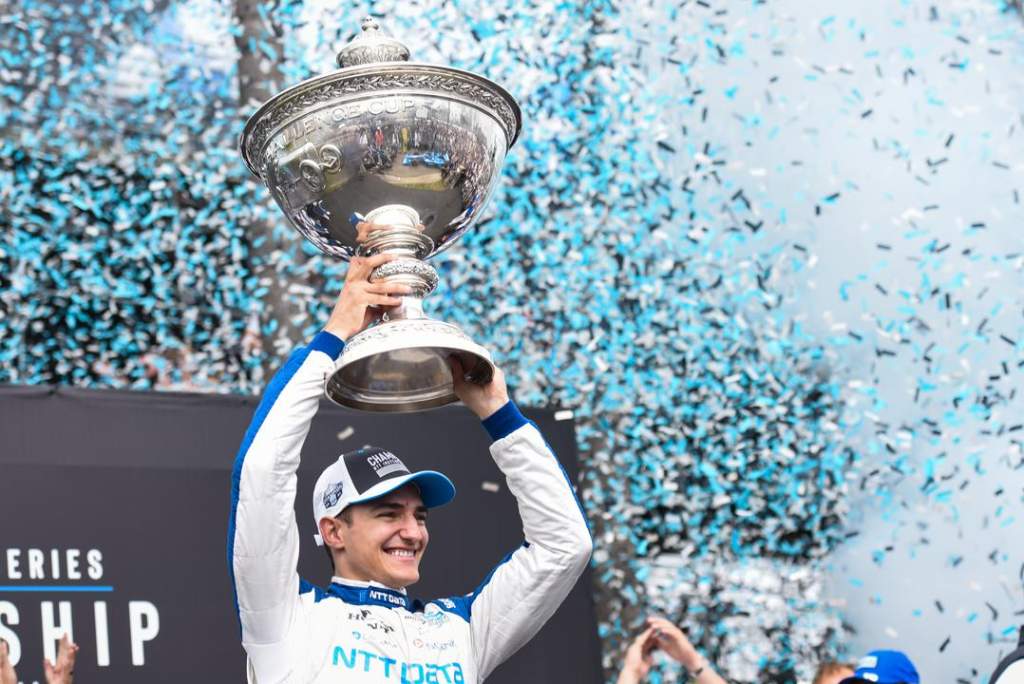We know winning an IndyCar championship requires a top team, a consistent, rapid driver and a decent helping of luck along the way.
But can we be a bit more precise than that?
The Race has gone back through the last five seasons to identify some key stat areas that mark out a title campaign – or don’t! – and have committed to paper what an ideal but achievable championship-winning season might look like in 2022.
Here’s a breakdown of the categories and some analysis on how they impact a title run.
Wins & podiums
| Year | Champion | Wins | Podiums |
| 2021 | Palou | 3 | 5 |
| 2020 | Dixon | 4 | 3 |
| 2019 | Newgarden | 4 | 3 |
| 2018 | Dixon | 3 | 6 |
| 2017 | Newgarden | 4 | 5 |
| Average | 3.6 | 4.4 |
*these don’t include wins
These are the big stats, and they say you’re unlikely to win an IndyCar title unless you’ve won three races.
Dixon’s four in 2020 was particularly impressive when you consider there were 14 races in that season due to the pandemic and not 17 like the other chosen years. But this is an outlier.
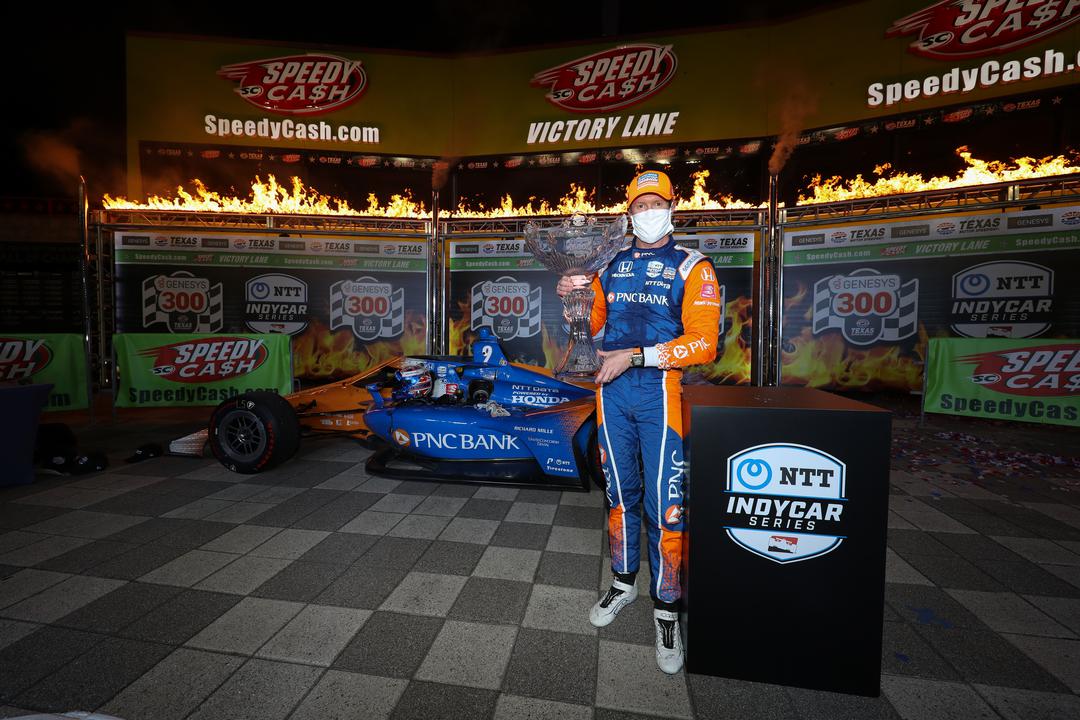
The reason wins are so important is because of the weighting of the points system. It’s 50 for a win, 40 for second, 35 for third and then it decreases by two per position from 32 for fourth to 20 for 10th.
That means that extra wins can negate a poorer average finish. In 2017 this happened between Josef Newgarden, where his four wins to two overcame Simon Pagenaud’s better average finishing position over the course of the season.
Top 5s and top 10s
| Year | Champion | Top 5s | Top 10s |
| 2021 | Palou | 10 | 12 |
| 2020 | Dixon | 9 | 13 |
| 2019 | Newgarden | 12 | 14 |
| 2018 | Dixon | 13 | 15 |
| 2017 | Newgarden | 10 | 13 |
| Average | 10.8 | 13.4 |
*these include wins and podiums
This is a less important stat area, but the last five years tells us you better not have fewer than 12 top 10s and nine top fives in a season.
Top fives are the key start here because only once in the last five years has the driver who was second in the championship scored more top fives than the champion. That’s the aforementioned partially anomalous year between Pagenaud and Newgarden in 2017.
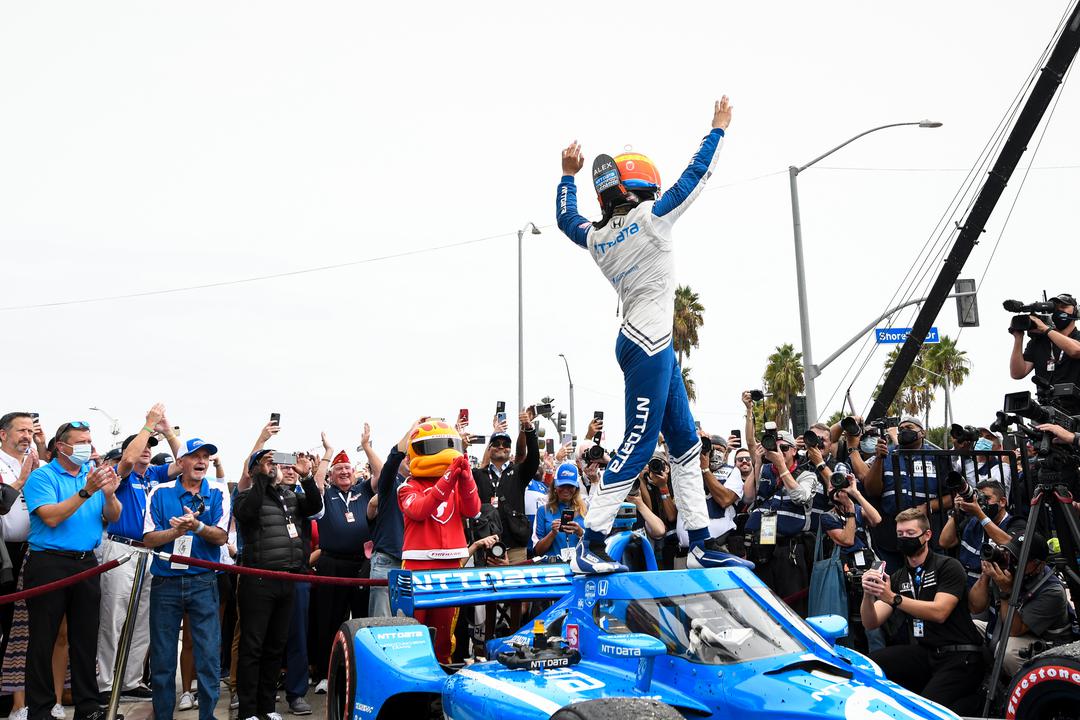
In the top 10 category, three times in five years the driver who has lost the championship has scored more, in 2017, 2019 and 2021. So that says this category isn’t particularly important to winning the title.
Average start & finish
| Year | Champion | Average start | Average finish |
| 2021 | Palou | 7.38 | 7.38 |
| 2020 | Dixon | 9.14 | 5 |
| 2019 | Newgarden | 5.53 | 5.65 |
| 2018 | Dixon | 8 | 4.24 |
| 2017 | Newgarden | 7.94 | 6.06 |
| Average | 7.6 | 5.67 |
As we’ve discussed already, the average finish can be negated if a driver can have a significantly higher number of wins in a season, and perhaps a big result in the double points Indy 500.
So in two out of the five years – Newgarden with more wins negating the difference, and Palou having a much better Indy 500 run in 2021 – the drivers without the best average finishing position have gone on to win.
Still, that’s still a majority in favour of the best driver over the average results winning the title, and a driver should be looking for an average finish between 4-6 to have a really good chance of the title.
Of course, as the series has become more competitive, the average finishes are climbing as drivers have to battle tougher and tougher competition or even a multitude of surprise one-off winners. So even an average finish as high as 7.31 could earn you the honours as it did last year.
In terms of average start, of course, it’s easier to win races and have good results starting further forward. But it’s only right given we’ve pointed out some brilliant Dixon stats that we note his less spectacular starting position record, and he’s won two titles starting outside the top seven on average.
It is a significant stat, but not one that is weighted as highly as, say, wins, or the Indy 500.
Finishes outside the top 15
| Year | Champion | Finish outside top 15 |
| 2021 | Palou | 3 |
| 2020 | Dixon | 0 |
| 2019 | Newgarden | 1 |
| 2018 | Dixon | 0 |
| 2017 | Newgarden | 3 |
| Average | 1.4 |
We’ve got a real minefield in this category. Dixon won his 2018 and 2020 titles with no finishes outside the top 15 and only a combined three finishes outside of the top 10 in those two years. It’s a spectacular record.
However, Newgarden and Palou (2017, 2021) had as many as three finishes outside of the top 15.
It’s clear you want to avoid four results outside of the top 15 as more than that puts you at real risk of being gazumped by the quality of the opposition.
If you’re unsure as to why I’ve used outside the top 15, and not ‘DNF’, it’s because even cars that have crashed out are given a finishing position and awarded points in IndyCar.
For example, Alex Palou retired with engine issues in the second Indianapolis road course race last year but scored five points after being classified 27th. He was also given 10 points after being taken out of the Gateway race, meaning he scored 15 points – the equivalent of a real, 15th-place finish – for two pseudo retirements.
It makes you wonder, should drivers be rewarded with points if they’ve crashed out or retired?
Points per race
| Year | Champion | Points per race |
| 2021 | Palou | 34.31 |
| 2020 | Dixon | 38.36 |
| 2019 | Newgarden | 37.71 |
| 2018 | Dixon | 39.88 |
| 2017 | Newgarden | 37.76 |
| Average | 37.6 |
*2017-2019 had two double points races, 2020-2021 had one
The 2020 season is definitely the outlier here as Dixon scored the second-highest tally over this five-season stretch for points per race, despite the fact there were only 14 races and only one double points race.
In 2020 and 2021 the Indy 500 was the only double points race whereas in the previous years the season finale was also an opportunity for double points as well, inflating the scores in those seasons.
Indy 500 result
| Years | Champion | Indy 500 finish |
| 2021 | Palou | 2nd |
| 2020 | Dixon | 2nd |
| 2019 | Newgarden | 4th |
| 2018 | Dixon | 3rd |
| 2017 | Newgarden | 19th |
| Average | 6th |
There’s no need to go too in-depth as to why a good Indy 500 finish is important. Not only is it early in the year and provides momentum if you do well or rocks your confidence if you don’t, it offers double points.
If you can grab a top four you’re exploiting the absolute maximum out of a points system that is already weighted highly towards those positions, and then doubles that!
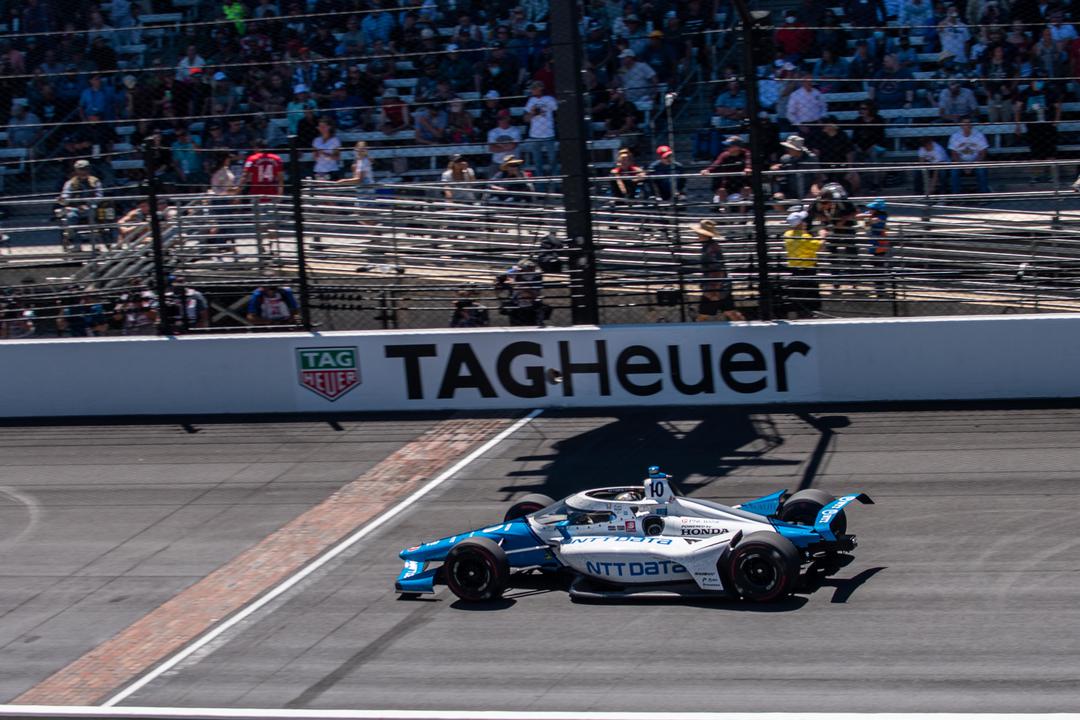
It’s played a key role in recent years and even if it wouldn’t have fundamentally changed the championship winner in some cases, there are times drivers might have been closer and gone more aggressive/conservative in order to get closer to the championship had the 500 been scored like any other race.
As we can see, the outlier 2017 season strikes again and Newgarden’s only got away with it because of his four wins we mentioned earlier, but also because his title rival Pagenaud didn’t take advantage as he finished just five positions better in 14th. That’s a point swing of just 14 points.
Does the calendar impact things?
| Year | Road courses | Street circuits | Ovals |
| 2022 | 7 | 5 | 5 |
| 2021 | 7 | 5 | 4 |
| 2020 | 7 | 1 | 6 |
| 2019 | 7 | 5 | 5 |
| 2018 | 6 | 5 | 6 |
| 2017 | 6 | 5 | 6 |
In the last five years, there have been six or seven permanent road courses on the calendar, six in 2017 and 2018 and then seven since. There’s seven coming up in 2022, as well.
This is why the likes of Andretti and Arrow McLaren SP are working so hard on their permanent road course set-ups for this upcoming season. Because if you can take two or three wins out of the seven road course races, the likelihood is you’ll only need one or two wins elsewhere to have a very strong chance of the title.
Ovals are an interesting topic. The 2020 (assisted by the pandemic) and 2021 seasons seemed to be the beginning of the end of regular oval racing in IndyCar, but Iowa’s return has at least added a fourth venue and another two races to the schedule.
Where ovals become tricky for teams is that Indianapolis is its own challenge, as is Texas, and then Iowa and Gateway are totally different short ovals. Of course, road courses vary track to track as do street circuits, but a good base set-up usually just needs some slight tweaks to optimise. Indianapolis vs Gateway can be like chalk and cheese.
So if you’re targeting a title-winning campaign, do you prioritise an Iowa or Gateway set-up in order to add to your win total? With the weighting towards road and street courses, you have more chances there and potentially are better off spending your efforts there.
Of course, Indy is the outlier because a) it’s the event everyone wants to win but b) its double points are crucial as we’ve discovered.
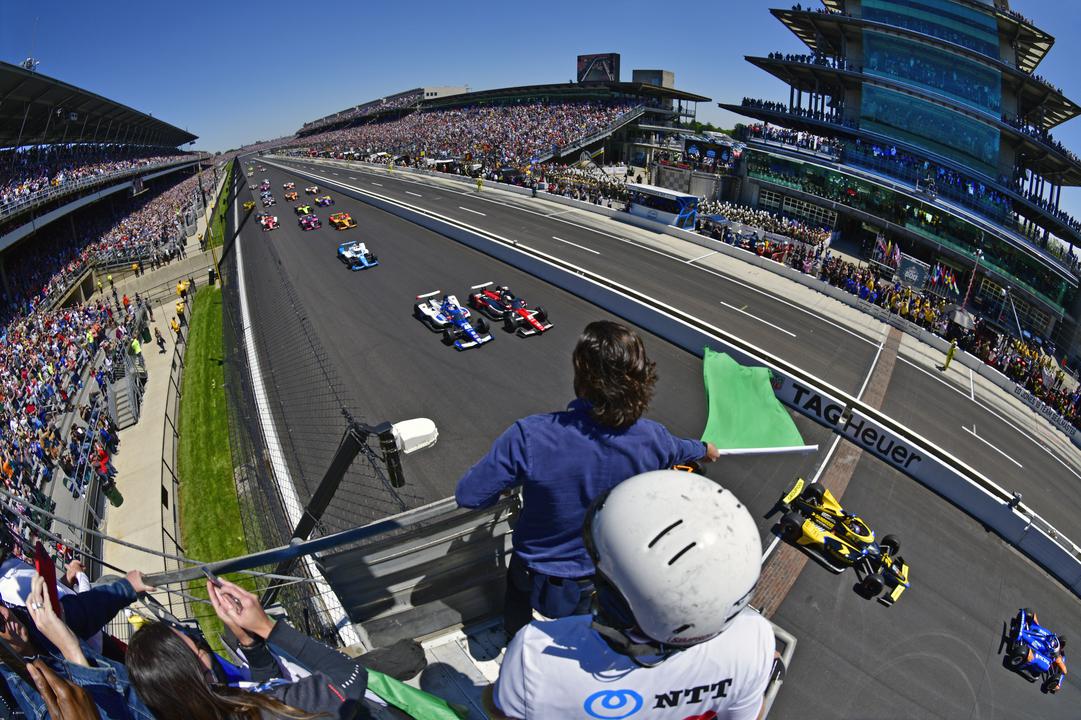
Despite there usually being more road courses on the calendar, the average finish for ovals (4.226) and street circuits (4.09) across the last five championship-winning seasons is higher than the 4.728 achieved by those drivers on road courses.
Palou did score an average finish of 1.83 on road courses last year, but that seems to be the outlier.
Also within the data here another trend crops up, and that’s that every champion over the last five seasons won at least two races on either ovals, street circuits or road courses specifically.
So this data points towards, it seems less important to have the best car on whatever type of tracks there are most of – which has been road courses in recent years.
As long as you win two races in a discipline and aim for four victories in total on the year, you’re looking good.
Of course, road course set-up should be the focus as there’s more races on this type of circuit and therefore more chance to dominate. Placing your eggs in winning two of the five oval races in 2022 for example is riskier than aiming at the seven road course options.
| Year | Champion | Road courses | Street circuits | Ovals |
| 2021 | Palou | 1.83 | 7.25 | 4.33 |
| 2020 | Dixon | 7.29 | 3 | 2.67 |
| 2019 | Newgarden | 7.29 | 2 | 3.6 |
| 2018 | Dixon | 3.83 | 4.6 | 4.33 |
| 2017 | Newgarden | 3.4 | 3.6 | 6.2 |
| Average | 4.728 | 4.09 | 4.226 |
So, what does a title-winning season look like?
As a minimum, this set of circumstances should guarantee a title in the 2022 IndyCar season based on what we’ve learned, as the following stats are the averages for each category either exactly, or rounded up or down for their individual category importance.
Wins 4
Podiums 4
Top 5s 10
Top 10s 13
Average start 7.6
Average finish 5.67
Finish outside top 15/DNF 2
Points per race 38
Indy 500 finish 6th
Area of set-up focus Road courses
Obviously, there’s a lot of give and take in a season, and for the above, if a driver won more races, they could probably afford to have a lower average finish and fewer top 5s or 10s for example. It’s like a sliding scale, although wins and the 500 still carry a heavier weight than other categories.
There are a few key areas you can take from this deep dive, and to recap the most important, you are almost guaranteed to need to win three races to take an IndyCar title.
You’ll also likely need a top 10 at the Indy 500 – especially if your rivals are doing well there – and to be netting over 35 points per race.
There’s a lot to digest in here, so let us know what you have taken from the data in the comments below.


